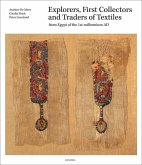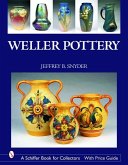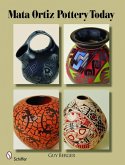This comprehensive book is both a biographical exploration of the early life of Mary Seton Watts and a survey of the pottery she designed. Mary Seton Watt's (1849-1938) roots in Scotland, her artistic career and her marriage to the Victorian artist George Frederic Watts all influenced the design of the Grade 1 listed Cemetery Chapel at Compton. It also influenced the art potteries which she then set up, both in Compton (The Potters' Arts Guild) and in her home village near Inverness. The pottery at Compton was in business for more than fifty years, making terracotta garden ware, memorials and small decorative pieces. It remained open even through two World Wars and a trade depression. This highly illustrated publication showcases the beautiful and individual pieces of pottery. It is a fitting tribute to the ability of Mary Watts to coordinate both people and resources.








